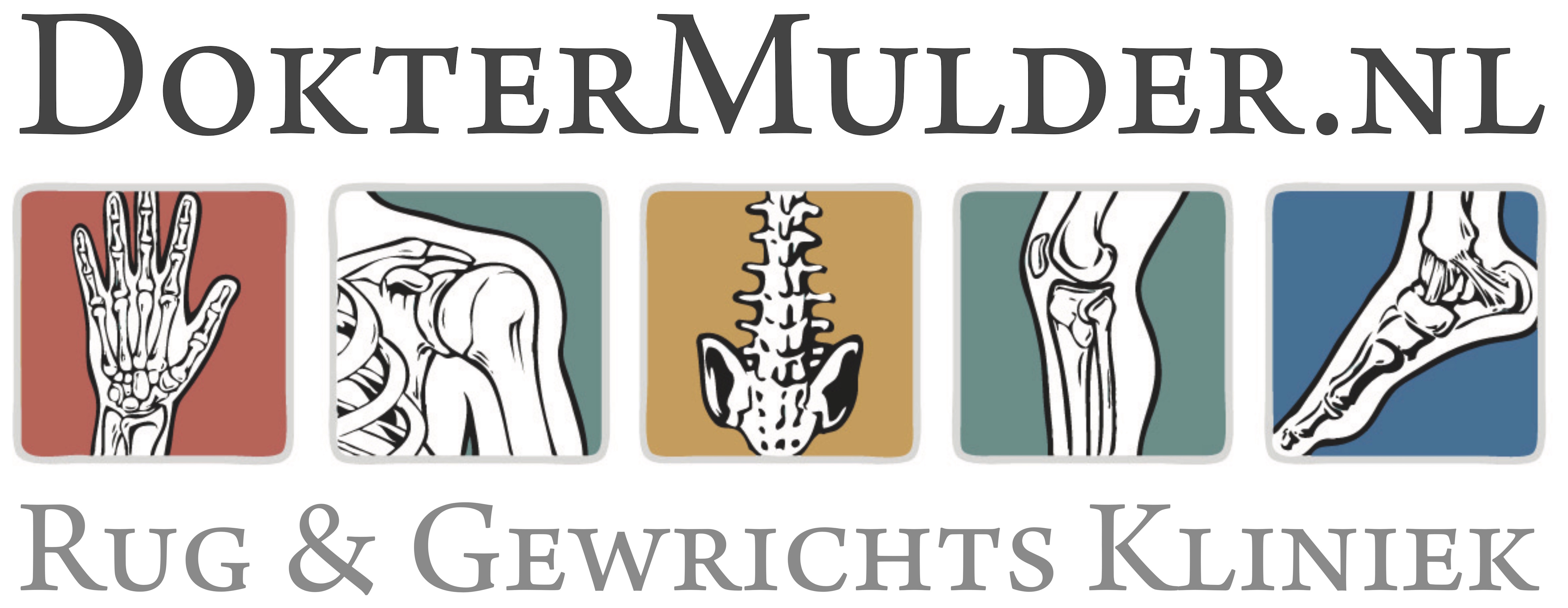* The effectiveness of prolotherapy on failed rotator cuff repair surgery
i) N=15, post-op pain > 6m, conservative tx> 3m
ii) USG-prolotherapy (comprehensive genoeg?)
iii) +home exercises
iv) pain/function significantly improved at all time pts
https://www.ncbi.nlm.nih.gov/pubmed/31893277
* Effectiveness of Dextrose Prolotherapy for Rotator Cuff Tendinopathy: A Systematic Review
i) 5 studies, 272 participants, f/u 6~12 mo
ii) Prolotherapy differed greatly among studies.
iii) statistically significant improvement in pain intensity with multisite injection protocols compared to physical therapy and medical management in 2 studies.
iv) USG supraspinatus injection trials did not find any statistically significant difference in pain intensity, range of motion, strength, function, or ultrasound characteristics compared to controls of enthesis saline injection or corticosteroid.
(Q1: So, is prolotherapy really just as effective, or perhaps multisite injection protocol might be better?)
v) The complication rate was low, with only 6/272 participants experiencing adverse events consisting of transient increase in pain for 1 to 2 days postintervention
https://www.ncbi.nlm.nih.gov/pubmed/31642203
* Periarticular hypertonic dextrose vs intraarticular hyaluronic acid injections: a comparison of two minimally invasive techniques in the treatment of symptomatic knee osteoarthritis.
i) N=104, HA=52 (2.5cc-IA, 3 times weekly)/prolo=52 (12.5%, 10cc, periA, 3 times weekly, non-traditional comprehansive approach though, see pix 1)
ii) after 3 mo post-intervention, both HA/prolo groups improved significantly; with HA group even better
(Q1: Another example of outcome inferiority due to study standardization?)
(Q2: Will HA-IA+prolo-periA be synergistic?)
https://www.ncbi.nlm.nih.gov/pmc/articles/PMC6873954/
* Comparison of ultrasound-guided platelet rich plasma, prolotherapy, and corticosteroid injections in rotator cuff lesions.
i) N=129, USG-subacromial injection
ii) lidocaine injection as control group (???)
iii) all types improved in pain/function/QOL
iv) corticosteroid injection provides short-term relief
v) PRP injection works for long-term wellbeing.
https://www.ncbi.nlm.nih.gov/pubmed/31743987
* Effect of Dextrose Prolotherapy on Pain Intensity, Disability and Plantar Fascia Thickness in Unilateral Plantar Fasciitis: A Randomized, Controlled, Double-Blind Study.
i) N=30 (prolo group, 10cc D15 w/ lidocaine+saline), control(10cc saline+lidocaine)
ii) treat twice at a three-week interval
iii) f/u 15 wks post-intervention
iv) Improvements in VAS-A, VAS-R, FFI (all subgroups), and plantar fascia thickness measured at the 7th and 15th weeks were significantly higher in the prolotherapy group compared to the control group (p>0.001).
https://www.ncbi.nlm.nih.gov/pubmed/31738283
* Prolotherapy injections and physiotherapy used singly and in combination for lateral epicondylalgia: a single-blinded randomised clinical trial
i) N=120, 88 completed study (Yelland+Rabago group)
ii) At 52 weeks, there were substantial, significant improvements compared with baseline status for all outcomes and groups, NO significant differences between groups.
iii) The physiotherapy group exhibited greater reductions in PRTEE at 12 weeks than the prolotherapy group (p = 0.014).
https://www.ncbi.nlm.nih.gov/pubmed/31679521
* Prolotherapy: Potential for the Treatment of Chronic Wounds?
As in vitro studies have shown that cultivation of cells in high-glucose culture medium can increase PDGF expression, this may be one mechanism by which prolotherapy can improve healing in chronic wounds. PDGF has multiple pro-reparative effects in skin wounds, including promotion of angiogenesis, fibroblast proliferation, extracellular matrix production , and, in fact, is the only growth factor approved by the US-FDA for clinic use to improve healing of diabetic chronic wounds…
https://www.ncbi.nlm.nih.gov/pmc/articles/PMC6804793/
* Comparison of Platelet Rich Plasma and Prolotherapy in the Management of Osteochondral Lesions of the Talus: A Retrospective Cohort Study.
i) N=49
ii) The patients were given 3 injections of 4 mL solution into periarticular and intra-articular ankle joint spaces (see pix 2)
iii) both treatments resulted in greater improvement in pain and ankle functions at follow-up periods extending to 1 year (P<0.001)
iv) there was NO difference between the groups
(Q1: How about USG-trans-chondral-intra-osseous approaches@ lesion site?)
https://www.ncbi.nlm.nih.gov/pubmed/31358724

